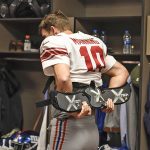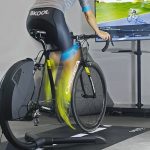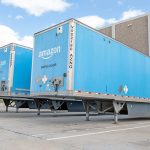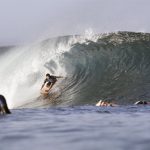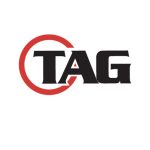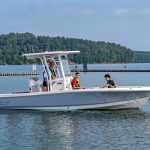Timberland had an interesting first quarter with overall global revenues declining, but cost cutting measures helped keep expenses in check and the company stayed in the black for the quarter. Management pointed to strong gains in the men's boot business in both Europe and Asia, as well as gains in SmartWool products as the high points for the quarter, while declines in Timberland brand apparel – which is now a licensed business – and men's casual footwear pulled overall revenues down. Foreign exchange rate changes negatively impacted global revenues by approximately $22 million, or 6% or the decline.
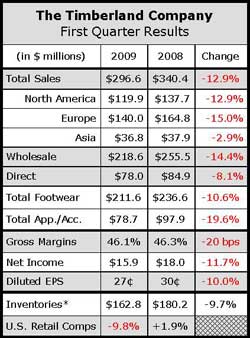
Global footwear revenues were down 11% compared to the prior-year period, driven by declines in the casual business and the men's North American boot business. The declines in casual footwear were driven by softness in the wholesale markets. However, outside the US, Timberland management said it sees encouraging signs, particularly in Italy and the U.K. The new Endurance line of products is also performing well, according to management.
In addition, Timberland continues to gain traction with its Earthkeeper collection. Jeffrey Swartz, Timberlands president and CEO, described the trend, “We are seeing something else, in the context of the economic downturn, which is that enduring, bulletproof, durable, great value is desirable. Its not eco-desirability, now its eco-frugality Earthkeeper remains our single biggest big idea, the best of our thinking across products, marketing, commerce and culture,” said Swartz. “When we launched the line in fall 2007 we achieved about $3 million in sales in the first season. By 2009, the Earthkeepers franchise is on track to achieve around $65 million in sales globally across men's, women's and kids.”
Management also said that Timberland Pro's results were slightly down versus last year, which they say reflects the impact the economic downturn in the U.S. has on the working category more heavily.
Timberland worldwide apparel and accessory revenue declined 20% for the period. This decline was primarily the result of softness in the European and Asian markets during the first quarter and the transition to a licensing deal for the North American wholesale apparel business. These results were partially offset by the continued strength of SmartWool, where the brand again saw double-digit growth for the quarter.
Global wholesale revenues declined 14%, reflecting continued softness in the wholesale market, which TBL attributes to retailers reacting to the economic environment and the impact of foreign currency. The global retail revenue decrease was primarily driven by unfavorable foreign exchange rates. Comparable store sales were down 2% on a global basis, driven by declines in North American outlet stores, which offset positive comps in Europe and in Asia.
Geographically, North American sales fell 13% due to declines in boots and casual footwear. These declines masked strong growth in performance footwear and SmartWool. North America owned-retail revenues were down 9%, reflecting a 10% decline in comparable store sales.
Europe revenue decreased 2% on a constant-dollar basis. Continued softness in the wholesale business was partially offset by strong sales of men's and women's boots and a 4% increase in comparable store sales at owned-retail. In addition, unfavorable foreign exchange rates masked strong growth in certain markets, primarily Germany, Austria, and certain distributor businesses in the Middle East.
In Asia, revenue decreased 3% from the prior year period. On a constant-dollar basis, Asia revenue declined 6% due to softness in Timberlands retail business and declines spread throughout most of the region. Retail sales in Asia declined 6% due to store closures. Comparable store sales increased 5% for the quarter.
Overall gross margins slipped 20 basis points but they were stronger than expected given the difficult environment at retail. Management attributed this to higher sales of high margin product like boat shoes, which Timberland produces at its own factories in the Dominican Republic. SG&A expenses as a percentage of sales increased slightly as declines in general and administrative expenses did not keep pace with declining sales. This added up to double-digit declines in net income and a three cents shortfall in diluted EPS.
On the balance sheet, Timberland ended the quarter with $159.2 million in cash and no debt.
Given the current volatility of the market, Timberland management declined to provide guidance regarding the remainder of the year.




